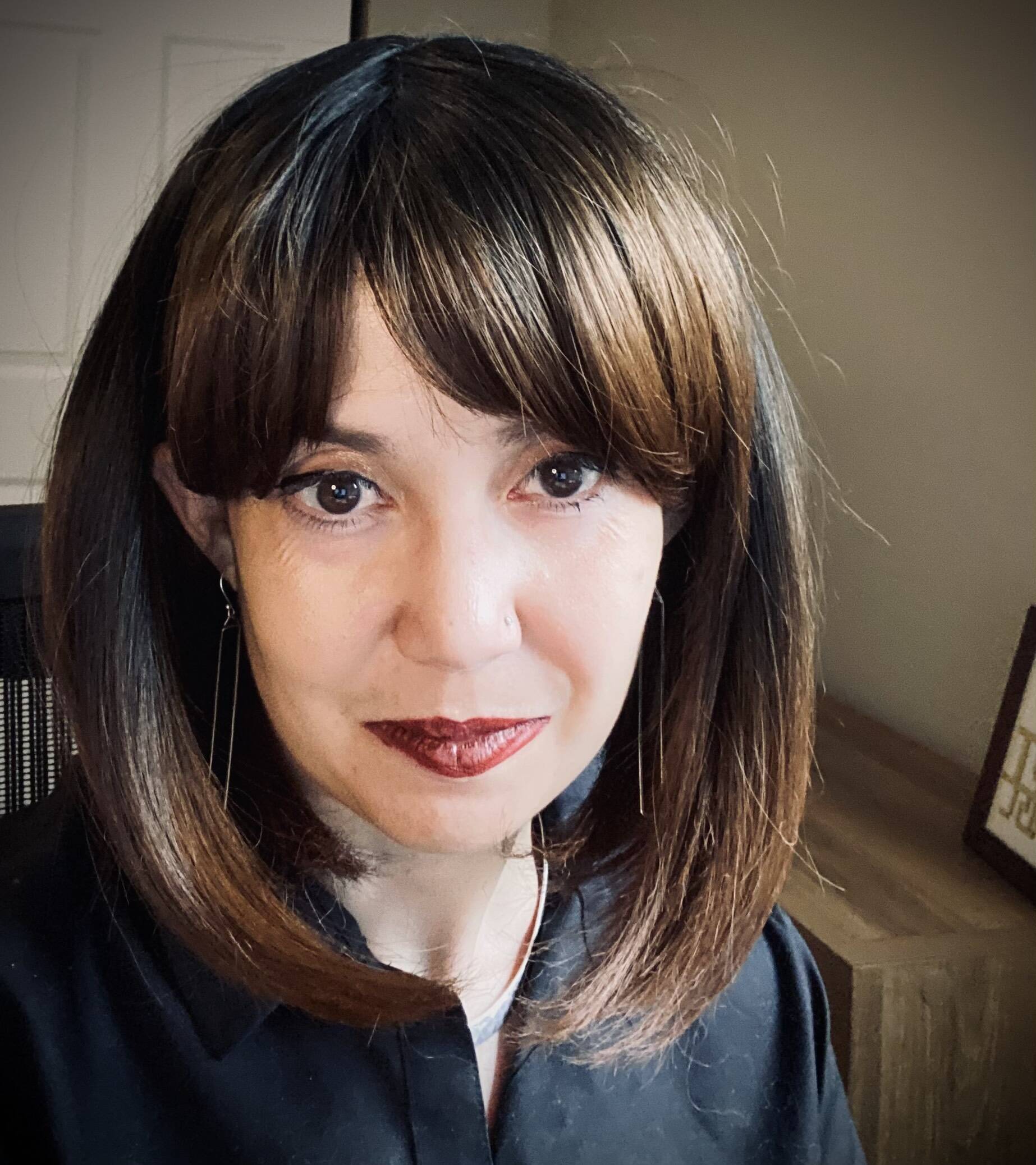His mother was a devout Catholic, his father agnostic. He became an acolyte at age 10 in 1890 at St. Martin’s Catholic Church. In the years that followed, he became disillusioned: his priest was a cynic.
At 18, apprenticed to his uncle, a successful tailor in Vienna, Norbert discovered the Baptists and became a minister. He founded almost a dozen churches from Ukraine to Budapest.
Yet, slowly, his faith became more and more liberal.
He left Bohemia under government threat and accepted a call to serve a Baptist church in New York City… until one day in 1919. That day, he wrote in his diary: “I cannot be a Baptist anymore, even in compromise. The fire of new desires, new worlds, is burning inside me.”
Norbert and his wife, Mája Čapek, joined a Unitarian church in New Jersey in 1921 because their children liked the religious education program.
World War I ended. His home country now independent, he and Maja returned home to Czechoslovakia.
His Unitarian church was the Prague Liberal Religious Fellowship. In just 20 years, his church had 3,200 members.
The traditional Christian communion service of bread and wine wouldn’t meet the needs of his congregation, because his church — like ours — had people who believed different things.
Čapek turned to the beauty of the countryside; to the beauty of flowers. In 1923, he developed the flower ceremony. He asked his congregants to bring a flower to church — from their gardens, the field, or the roadside. He invited each person to place their flower in a vase. There was the church community, no less unique for being united. Following the service each person could take a flower from the vase — a different one than they had brought.
Čapek was a visionary minister with a church ahead of its time, a BOLD church, a church thinking beyond its doors, beyond what it thought possible.
It was a church that was willing to take risks; to make tough decisions; to bear disappointment; and to build a new way…first by building a church, and that church could build up the world.
That is our church. That was Čapek’s church
For this the Gestapo arrested him in 1942. The Nazis accused Čapek of listening to foreign broadcasts and sent him to the Dachau concentration camp.
Even in starvation and torture, he held a flower ceremony with his fellow prisoners, finding whatever flowers they could among the weeds of the camp. They testified to a beauty larger than themselves, and a love that would outlive them.
The Nazis killed Norbert Čapek. But his spirit, courage and commitment live on today. Those qualities have passed, now, to us, to make them real.
His wife Mája brought the flower ceremony to the Unitarian Church in Cambridge, Massachusetts, in 1940.
This past June 4 the Juneau Unitarian Universalist Fellowship celebrated the centennial of the Flower Ceremony and demonstrated an affirmation of our continuity with the generations of struggle for ever-widening liberty.
This flower ceremony, lovely though it is, isn’t a diversion from ugly reality, but a gentle fierceness which proclaims that in the midst of sinister days there is always the light of beauty.
We are here not to recall something that happened, but to remember something that is happening: to re-member — to put it back together again — and in that remembering, may we put ourselves back together again, each as a part of the body of this community: out of many, one.
We celebrated this ritual of solemnity and joy.
As Čapek asked his people to bring a flower and celebrate beauty, so did we.
• Rev. Teri Schwartz is the worship minister at Juneau Unitarian Universalist Fellowship. “Living & Growing” is a weekly column written by different authors and submitted by local clergy and spiritual leaders. It appears every Saturday on the Juneau Empire’s Faith page.

